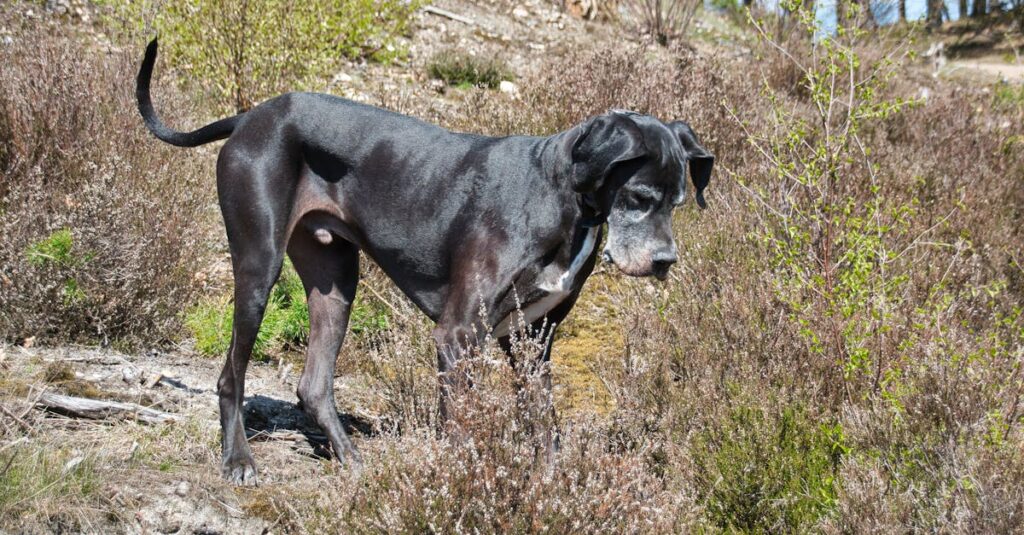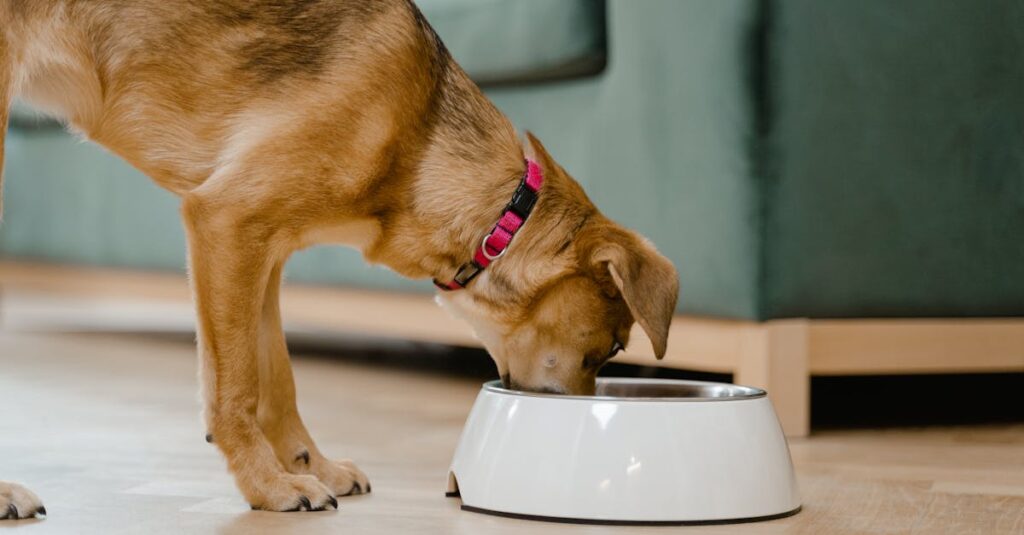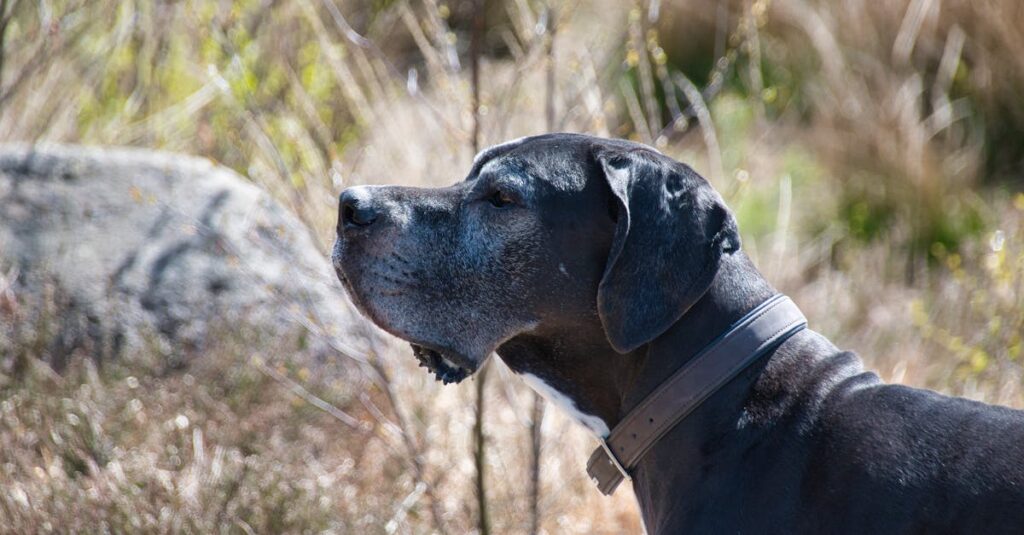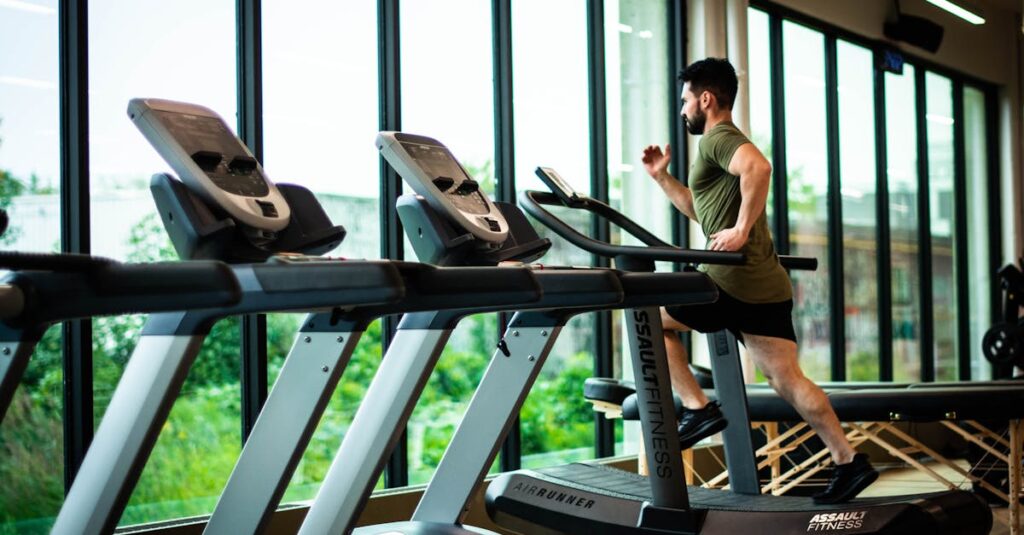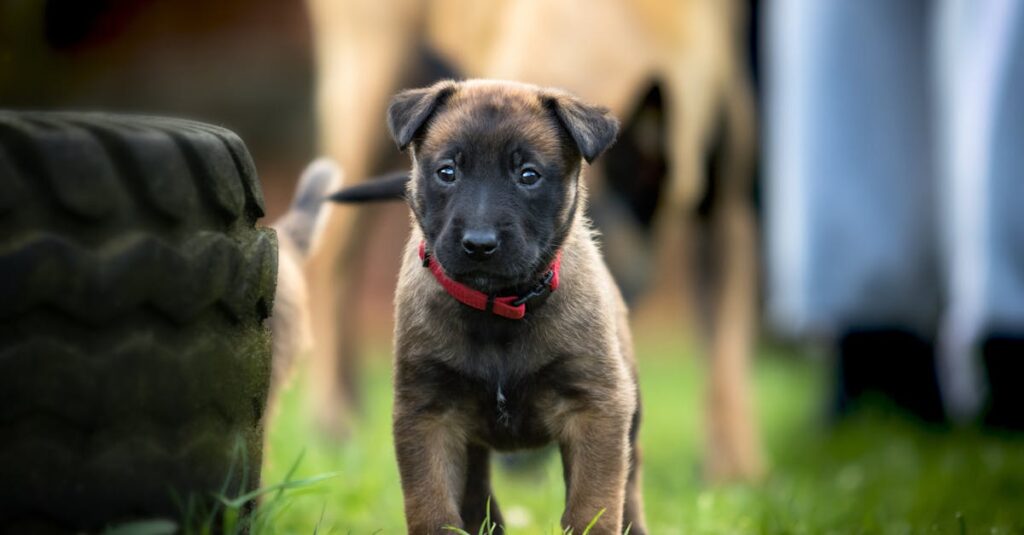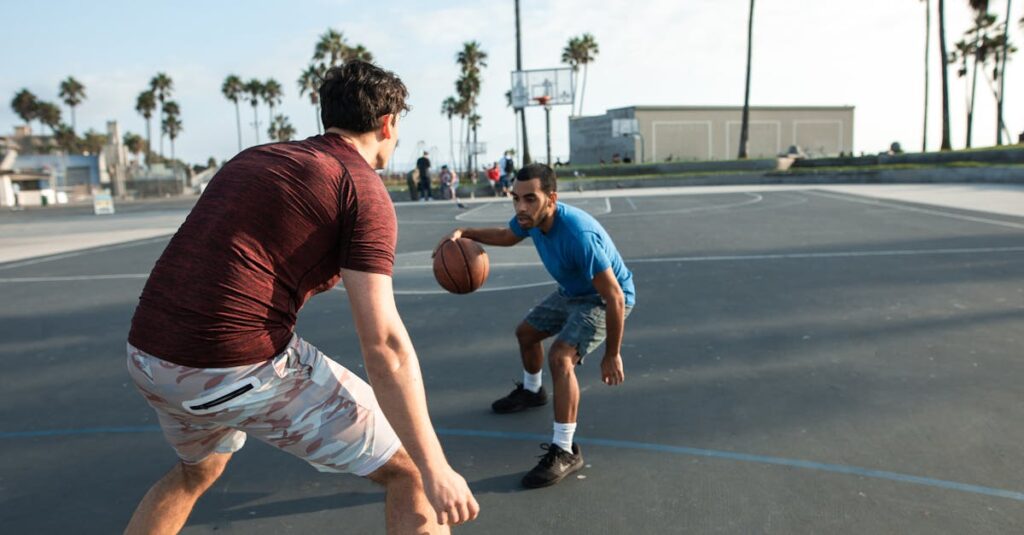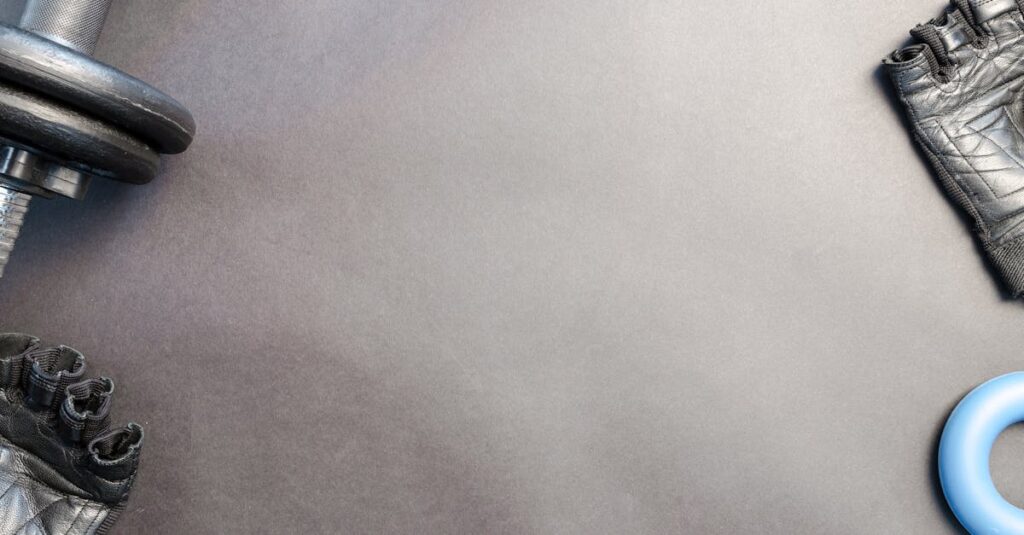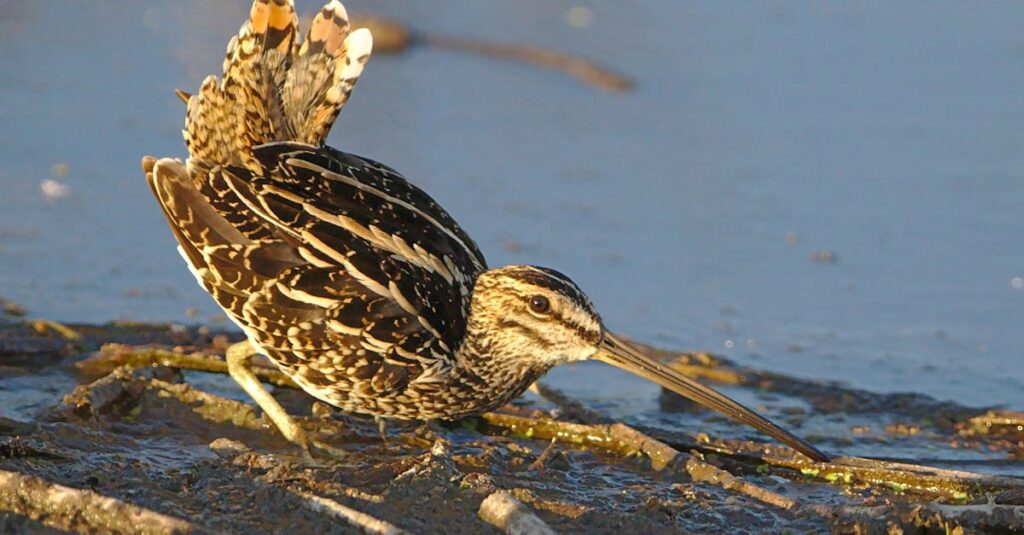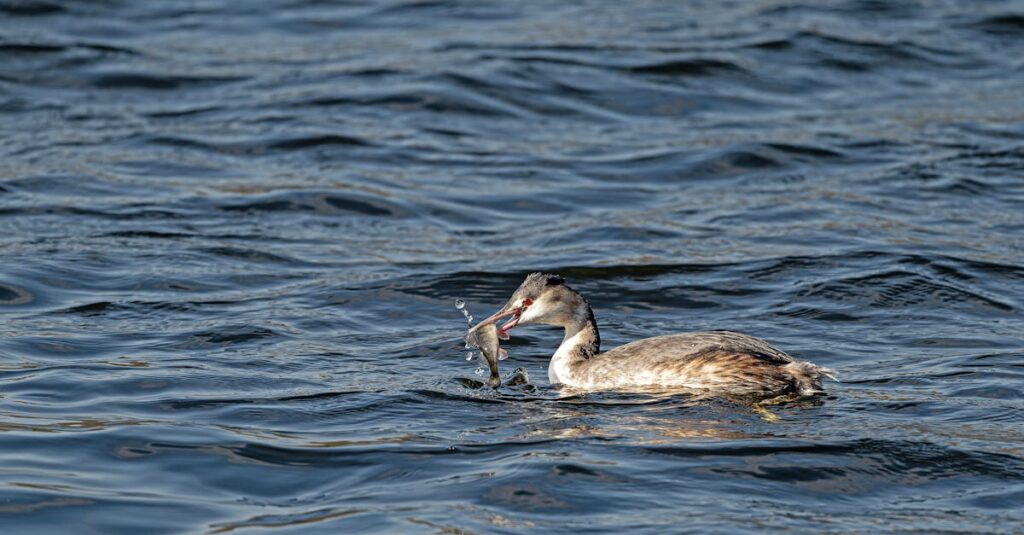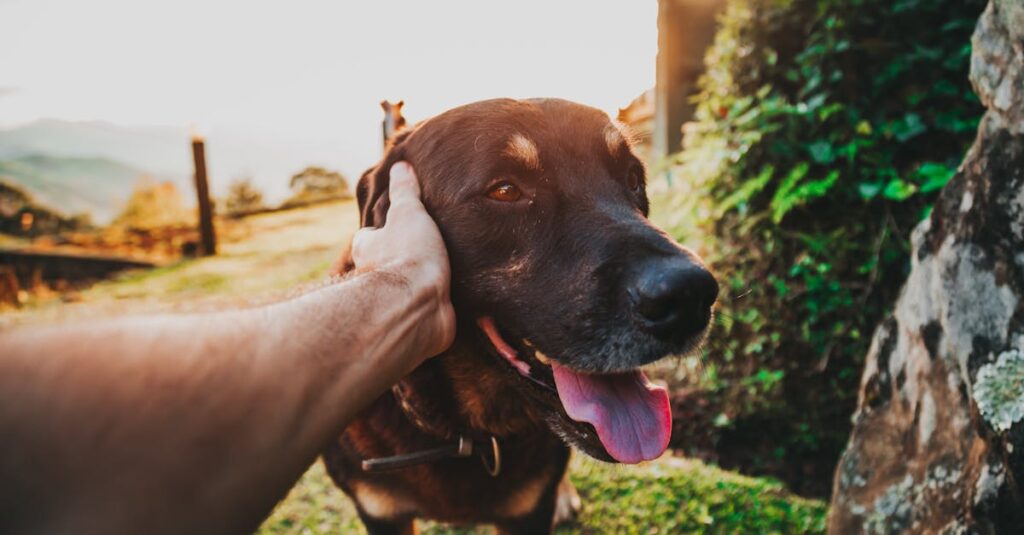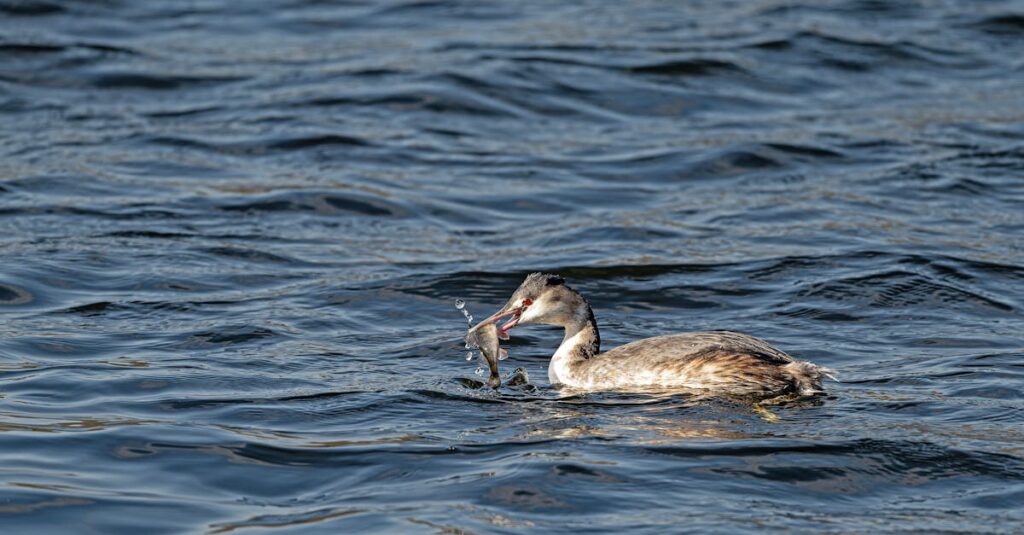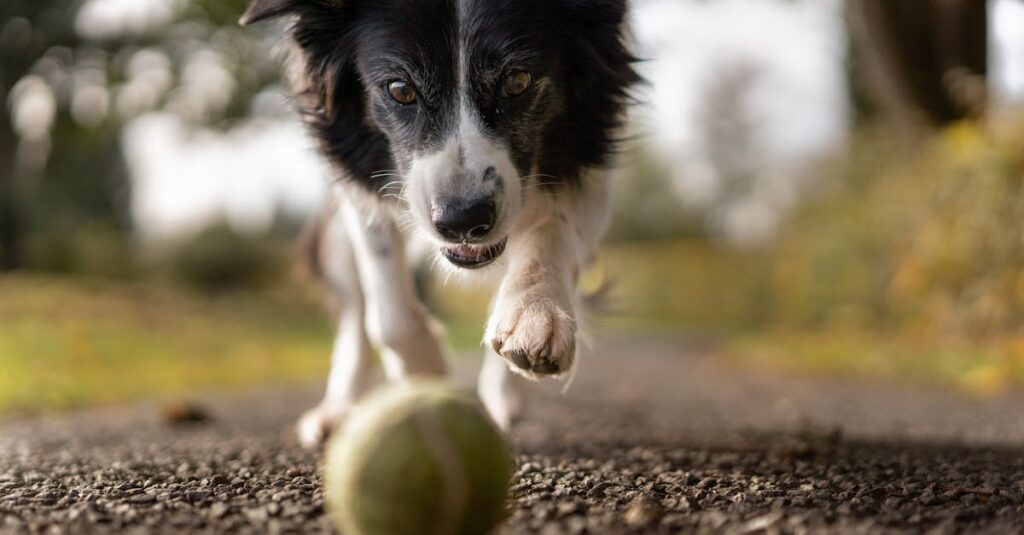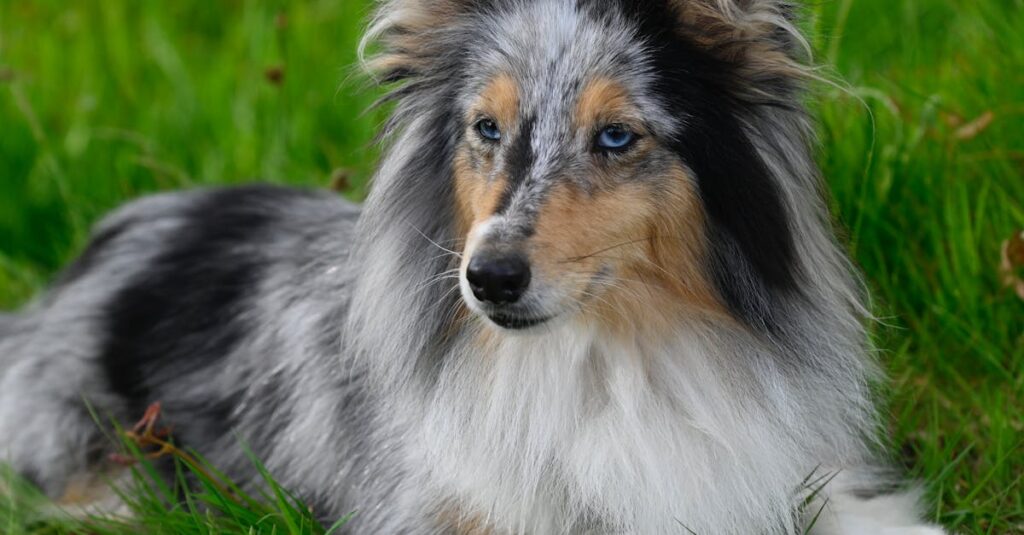When you imagine a Great Dane, you likely picture a massive, gentle giant more at home lounging than sprinting. Yet, these elegant dogs can surprise you with bursts of impressive speed. Understanding how fast a Great Dane can run isn’t just a curiosity— it’s key to providing proper exercise, training, and care. Their speed is a combination of unique physical traits and inherited athleticism that rivals many breeds known for agility. Let’s unravel the truth behind their top speeds, training tips, and health considerations to help you appreciate these giants in motion.
Great Dane Top Speed: How Fast Can They Actually Run?
Despite their large frames, Great Danes are capable sprinters. On average, a healthy adult Great Dane can run up to 30 miles per hour (48 km/h). This is surprisingly fast, especially when you consider their size and stature. Their long legs and muscular build contribute significantly to this speed, allowing them to cover more ground with every stride.
- 🐾 Average top speed: 30 mph (48 km/h)
- 🐾 Stride length: Long legs enable bigger strides
- 🐾 Endurance: Best at short bursts rather than long-distance running
Great Danes are built for short sprints rather than marathon running. Their cardiovascular and muscular systems excel in short, powerful exertions that enable these brief yet impressive bursts of speed.
Physical Traits Driving Their Speed
Their physicality is fascinating. Standing between 28-34 inches tall at the shoulder, Great Danes have long legs providing excellent leverage. Their deep chests enlarge lung capacity, enhancing oxygen intake during rapid movement. Even with their massive size, their body shape is fairly streamlined, helping reduce air resistance during sprints.
| 🏆 Physical Attribute | 🎯 Impact on Speed |
|---|---|
| Height | Longer legs and bigger stride length |
| Muscle Composition | Strong hindquarters provide thrust; shoulder muscles maintain balance |
| Chest Depth | Improved lung capacity for oxygen during fast running |
By combining these traits, Great Danes achieve their top speeds. Their muscular back and hind legs power their sprint, while strong shoulders keep them steady and agile despite their size.
How Great Danes Compare to Other Fast Dog Breeds
Great Danes, while impressive, are not the fastest dogs in the kennel. Here’s how they stand compared to renowned speed champions:
| 🐕 Breed | ⚡ Top Speed (mph) | 📏 Typical Build |
|---|---|---|
| Greyhound | 45 | Lean and lightweight |
| Saluki | 42 | Endurance and Agile |
| Whippet | 35 | Small, fast sprinter |
| Great Dane | 30 | Large, muscular |
Though Great Danes trail breeds like Greyhounds, their size difference means their 30 mph sprint is remarkable. Unlike Greyhounds, bred specifically for racing, Great Danes combine power and speed, making them versatile athletes.
Training Tips to Help Your Great Dane Reach Their Speed Potential
Just like athletes, Great Danes benefit from targeted training to boost speed and endurance:
- 🏃♂️ Short sprints: Encourage bursts of running for 10-15 seconds, followed by rest
- ⛰️ Hill runs: Strengthen hind leg muscles with gentle uphill runs
- 🎾 Fetch games: Combine play and exercise to stimulate speed naturally
- 🧗♀️ Obstacle courses: Improve agility and coordination through fun challenges
- 🍖 Balanced nutrition: Choose high-quality food brands like Chewy, Petco, Purina or Blue Buffalo to keep muscles strong
Remember to adjust sessions to your dog’s age and health. Consistency and patience help Great Danes develop speed safely.
Health Factors Impacting Running Abilities of Great Danes
Their grandeur comes with some health considerations that influence their running performance:
- ⚠️ Joint conditions like hip and elbow dysplasia can limit speed
- ⚠️ Bloat risk increases with vigorous exercise; avoid running immediately after meals
- ⚠️ Weight management: Overweight Great Danes tend to be slower and more prone to injuries
- 💧 Hydration is essential to prevent fatigue and cramps
Regular vet visits and supplements such as glucosamine can enhance joint health, keeping your Great Dane speedy and comfortable. Brands like Hill’s Science Diet and Royal Canin offer formulas tailored to giant breeds that support their unique needs.
Running Habits and What They Tell About Your Great Dane’s Fitness
Great Danes enjoy both playful and structured running, each revealing different facets of their fitness:
- 🙂 Playful sprints help release energy and foster social skills when running with other dogs
- 🎯 Structured runs enhance endurance and muscle strength—great for weight management
- 🚶♂️ Warm-ups and cool-downs are crucial to avoid injuries, especially in large dogs
- 🔍 Monitor signs of fatigue or limpness to prevent exacerbating joint problems
Integrating rest days and low-impact activities, like walks with quality gear from Woof Wear and toys from KONG, can keep your Great Dane motivated while safeguarding their physical well-being.
Frequently Asked Questions About Great Dane Speed 🐾
- ❓How fast can a full-grown Great Dane run?
Up to 30 miles per hour in short bursts. - ❓Are Great Danes good running companions?
They are best for short to moderate runs due to joint concerns. - ❓What factors affect a Great Dane’s running speed?
Age, health, weight, training, diet, and hydration play critical roles. - ❓Can Great Danes participate in agility sports?
Yes, with proper training, their speed and size can be an advantage, though agility is more challenging for their frame. - ❓What common injuries should I watch for during running?
Hip/elbow dysplasia, ACL tears, and bloat are concerns to monitor.








